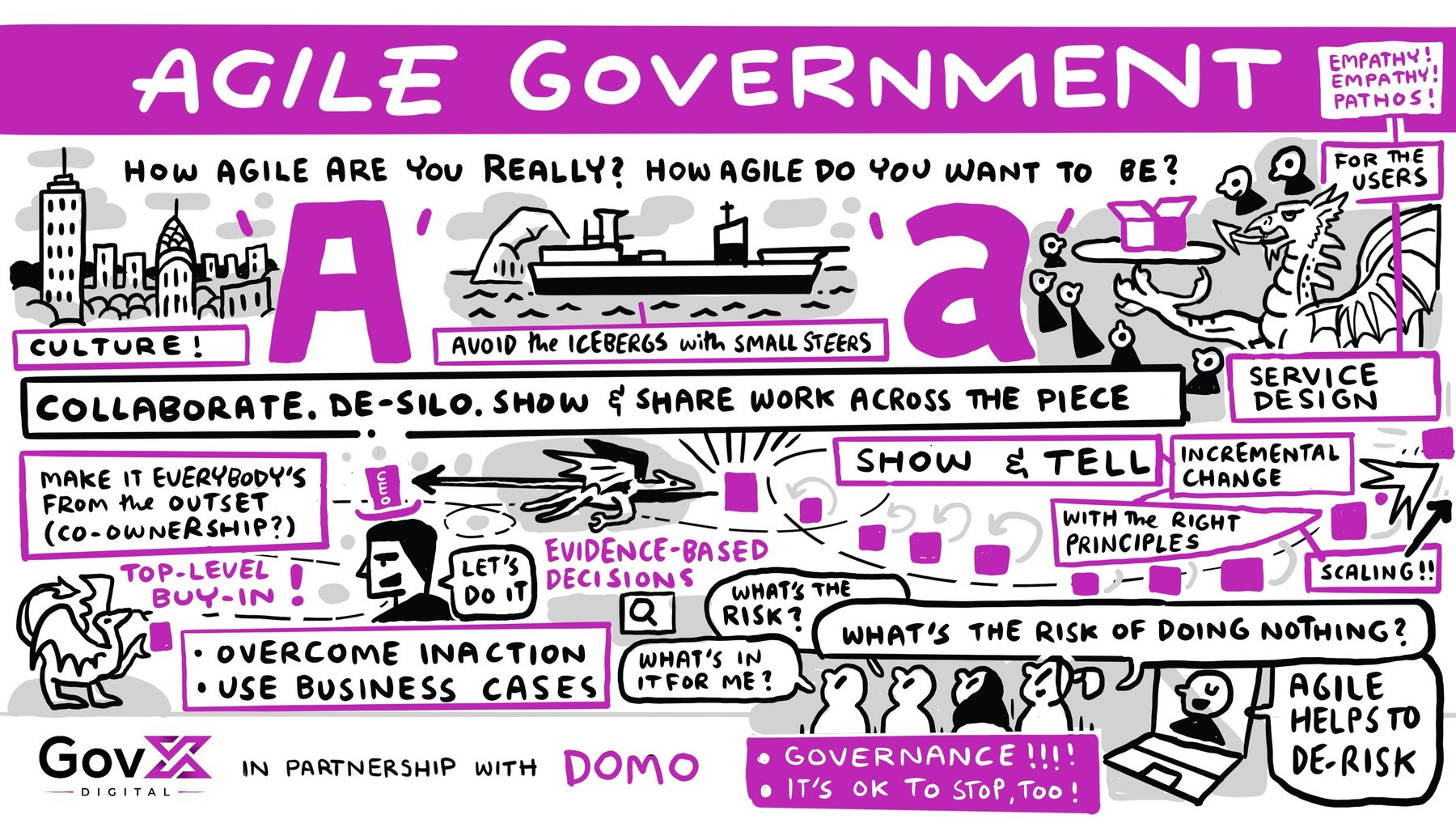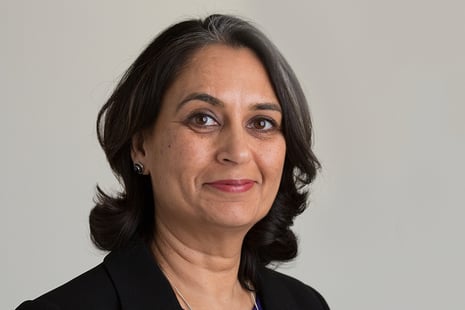Agile Government: How to build culture and capability
Agile is a buzzword used increasingly in government, but what does it really mean and how can we build it into our public sector organisations? We brought together a panel of digital leaders to explain how they’re applying agile ideas in government

Sally Meecham - CEO, Centre for Digital Public Services Wales
The important thing that I hope I've retained throughout my career is explaining what the impact of digital transformation is. One of the most important things that we can do for people who want to make change happen is to explain what that is going to mean for that individual. Because remember, while we can talk about organisational-wide impact, people will spring back into asking: “What does this mean, for me? What does it mean for my job? What does it mean for my team?”
Also explaining what the impact will be on residents is important, but we don’t always do that. There's a lot of evidence, and information around.- yes, you do need to explain that finance angle, but what does it mean to our residents? But it is to explain what it means. Case studies, we don't need enough for that which government is really quite mature on delivering service design delivering kind of reshaping their organization, so they can deliver services
From the outset, making it everybody's opportunity. Spend time with your Finance Director, your Policy Director and your Chief Operating Officer to explain: “This is where we want to take it next.” In order to be able to scale, we need to see service design, agility and evidence-based decision-making as something that the whole organisation supports, champions and adopts from the very highest level.
Terry Makewell - Chief Technology Officer, UK Hydrographic Office
It's about having empathy and understanding where people are coming from to make sure that they're fully on board with the work you’re doing. It is a classic situation - if you're developing something new, show people what's being done, get them involved in it from the beginning. Don't wait six or eight months to do that.
When building a business case for change, focus clearly on the overall outcomes, rather than creating a business case that says over the two years of the project, you're going to deliver a specific list of things. If you keep your business case looking at outcomes, then that gives you much more flexibility in how you can deliver that.
A bugbear of mine - and hopefully we're past that stage now - is where you had a senior manager saying, “I don't understand technology. I don't understand digital.” Those days need to be gone. The challenge is it's partly their fault, but it's mostly our fault for not helping them on that journey or for not helping them understand. Helping all senior managers and leaders understand what digital is and what it means to people will then help with the scaling of anything that you deliver.
Katherine Benjamin - Deputy CTO for Digital Services, NYC Mayor's Office of the CTO
The Mayor's Office of the Chief Technology Officer exists to help make New York future ready. There are four parts of our office’s role: inclusive innovation, universal broadband, tech policy and the digital services portfolio.
We’re a very agile organisation and the people on the digital services team could write you entire essays about the pros and cons of ‘small or big A agile’. But that doesn't particularly matter, because the point of our office is to support those agency partners within the New York City Government and also other Mayoral offices. So when we think about agile, it's not just doing something on our own and building it in an agile manner. How are we working with partners, how are we taking them on the journey, and how do they want to participate in an agile process?
I’ve heard people say that we should have to make a business case for staying static. I think that positions digital as this high-risk activity that's much more risky than not changing. It's important to caveat that because in technology generally, not specifically the government, I’d never want to suggest that always disrupting things is always good.One should always have a very critical practice and ask yourself, are these changes actually improving things? But regardless, we know that as the ecosystem and environment around us is always changing, there's going to be risk in staying static.
Brett Gibson - Director of Strategy & Value Consulting, EMEA, Domo
The interesting part of my strategy role is you quickly realise that no strategy survives that first engagement, the first contact with the enemy, in this case the enemy being reality!
When we talk about agility, it's about how we can refine the tactics or decisions that we make around the strategy, so we're all heading in the same direction. But we know that we want to do minor course corrections, rather than get to the end of the half or the end of the fiscal year, and suddenly realise that actually, we have major work to do.
Agility is about what we’re doing today to make sure that we can deliver on those new expectations next year. That's about asking questions - when somebody is curious and needs to deep dive or asks a new question, how fast can you get that information? The easy wins from decisions that require one source of data or that require a quarterly update are gone. It’s about getting rich context to inform decisions.
In the last eight months of 2020, we achieved an awful lot in a very short amount of time - the amount of change that was delivered has been exceptional. Let's capture that momentum - people are now familiar with how we manage risk in a fast-moving environment. Hopefully, the things that we've done in 2020 in particular have shown that we can take more risk.







